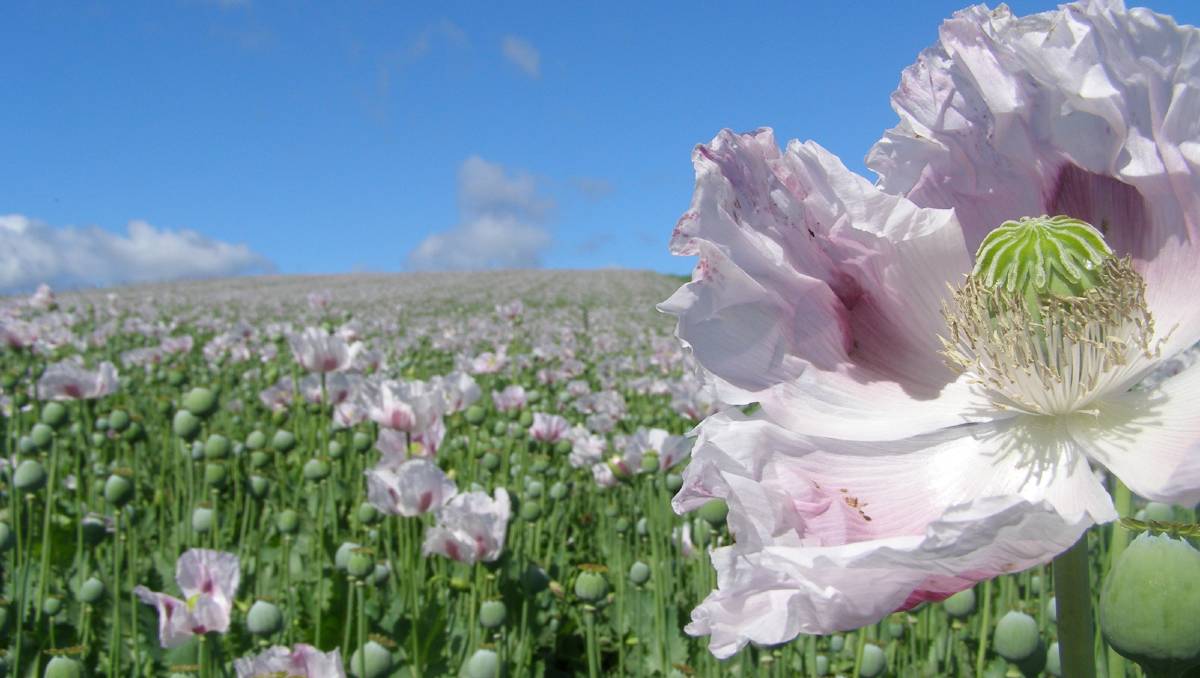Henry Ruiz rubs the small green leaves between the fingers of his right hand – and then looks out across the valley where one of the world’s most reviled crops is ruffled by a warm breeze.
“We have been caught up in the mistaken belief that we are part of the cocaine manufacture process when we are not,” he says. “We have our own natural plant, but the man has found another use for it and we have lost out as a result.”
The Colombian government’s determination to obliterate coca is not in doubt, particularly in the wake of US pressure to address the recent boom in cocaine production. Despite efforts to tackle the problem, there was an increase of 52 percent in coca growth from 2015 to 2016.
“Coca is very rich in nutrients,” says Ruiz. “It’s important to see how we can use it for other uses than cocaine. We can prepare organic liquid fertilizers, insecticides, and we can use it to make flour. We know the magical and beneficial properties of coca, and it’s about applying this to your family and communities. We are guardians of the coca leaf.”
Research by Harvard University scientists into the coca leaf’s beneficial properties, suggests that compared to 50 other Latin American vegetables, coca leaves are higher in protein, fiber, calcium, iron, vitamin A, and riboflavin. In the summer of 2016, the Colombian government issued, for the first time ever, a permit in Cauca that allows the purchase, transport, and stocking of coca leaves, with the objective of industrializing the product.
Read more at The Essential Daily Briefing




















